Lions are innate hunters. In their natural habitat, they pursue prey to sustain themselves, placing them at the apex of the food web. Though it might be challenging to envision these majestic beings as predators, it’s a testament to the intricate balance of nature and the grand cycle of existence.
When traveling to African nations that are home to lions, many opt for a wildlife tour to witness these magnificent animals in their natural setting. However, the idea of a lion possibly approaching might cause some apprehension.
Continue reading to understand why lions don’t attack humans while they are on jeeps.
Habituation: Animals and Tourist Traffic
Over the years, animals in many safari destinations have become accustomed to the regular presence of safari vehicles, leading to a phenomenon known as habituation. This has various implications:
- Familiarity Breeds Trust: As animals encounter safari vehicles with increasing frequency, their initial apprehensions gradually wane. The constant, non-threatening presence of these vehicles allows animals to shift their perceptions. Instead of viewing these mechanical beasts as potential threats, they come to recognize them as passive, benign entities in their environment. This transformation in perception curtails their instinctual flight responses, fostering a more peaceful coexistence;
- Routine Observations: The wilderness, despite its seemingly chaotic nature, is governed by rhythms and routines. Similarly, safari expeditions, by virtue of their predictable routes and schedules, fit into this rhythm. Animals, with their acute senses and observational prowess, quickly discern these patterns. Recognizing the regularity of these vehicular movements, they become less perturbed by their presence, assimilating them into the natural cadence of their environment;
- The Philosophy of Observation: The core tenet of most safari excursions is the principle of non-interference. Tourists are encouraged to be silent spectators, absorbing the marvels of nature without causing disruptions. This sustained passive approach reinforces the narrative of vehicles being harmless, further consolidating the trust animals place in them;
- Unity in the Wilderness: The dynamics of the animal kingdom often revolve around group behaviors, be it the collective migrations of wildebeests or the coordinated hunts of lion prides. When animals observe a gathering of safari vehicles, they might analogize them to the typical group behaviors they’re accustomed to, deeming them just another assembly in the grand tapestry of the savannah;
- Invisible Boundaries in the Wild: Habituation, while significant, doesn’t obliterate the innate instincts of wild animals. They still harbor certain thresholds and boundaries. A vehicle maintaining its distance and moving with deliberation might be tolerated or even ignored. However, any sudden intrusion into their personal space or abrupt movements can evoke a different, potentially defensive reaction. Understanding and respecting these boundaries is paramount for harmonious human-animal interactions in the wilderness.
5 Key Factors Ensuring Your Safety During a Tanzanian Safari
- Habituation of Wildlife to Tourist Traffic: The animals in Tanzanian safari parks, such as the renowned Serengeti National Park that witnesses an annual footfall of 150,000-200,000 visitors, are well-acclimated to the presence of safari vehicles. Refer to this map for a comprehensive list of parks. In their territory, these animals perceive us as non-intrusive visitors. Rather than disturbing them, most animals typically disregard the vehicles. Occasionally, they might utilize the safari trucks for shade or as a strategic point while stalking prey. In both scenarios, the animal is either seeking relief from the sun or is preoccupied with hunting. Their intent isn’t to approach the tourists but rather to capitalize on the opportunity at hand. We are merely part of the backdrop for them;
- Rely on the Expertise of Your Guide: Your safari driver is not just a driver; they’re a well-versed expert familiar with the dynamics of each park. They’re adept at ensuring safe encounters with the vast range of wildlife you’ll come across. Should a large animal approach your vehicle, your guide will provide crucial safety instructions, which might include actions like closing windows, making minimal movements, or remaining seated. Always heed your guide’s advice for optimal safety;
- Stay Inside the Vehicle: To ensure both your safety and the well-being of the environment, it’s crucial to remain inside the vehicle unless guided otherwise. This precaution prevents accidents in rough terrains and protects the natural habitat from potential harm, like littering or inadvertently dropping items, which could be detrimental to the ecosystem;
- Maintain a Calm Demeanor: It’s essential to communicate in hushed tones, especially when in proximity to wildlife. A serene atmosphere prevents startling the animals and keeps them at ease. Adhering to this will ensure a peaceful coexistence during your visit;
- Mosquitoes: Ironically, the tiniest creatures can pose the most significant threat. Mosquitoes can transmit malaria. The best defense is to be prepared with appropriate malaria prophylaxis. Consult your healthcare professional to determine the best medication for you, as different options come with varied effects.
Why Don’t Lions Attack Safari Vehicles?
During wildlife safaris, the likelihood of a lion targeting a tourist-filled jeep is minimal. Though there have been isolated incidents in the past, they remain exceedingly uncommon, making jeep safaris a preferred choice for many.
Predator-prey dynamics play a central role in why lions usually steer clear of jeeps. While an individual human doesn’t register as a threat to lions and might even seem vulnerable, jeeps are a different story.
Four-wheeled vehicles, due to their sheer size, often come off as intimidating to lions. Jeeps, in particular, being larger, further amplify this effect. Their imposing size, coupled with their capacity to carry multiple humans, enhances the perception of them as potential threats.
Moreover, lions generally don’t venture too close to these vehicles. In the rare instances when they do, experienced tour guides have protocols in place to ensure passenger safety. Such measures often involve instructing tourists to remain calm, silent, and motionless until the lions move away.
All these elements come together, explaining the infrequency of lions targeting jeep-borne tourists.
Guidelines for Wild Animal Interactions
Although the query, ‘do animals attack safari vehicles?’ is crucial, it’s equally vital to ponder. How will the wildlife engage with me during a safari? Let’s delve into the animals you’ll encounter on a safari, their mutual interactions, and their interactions with the safari vehicle.
Giraffe
The Maasai Giraffe, native to East Africa, is a distinctive creature characterized by its irregular star-shaped patterns. Regrettably, due to poaching and habitat destruction, they are now on the endangered species list. These giraffes have a penchant for the tallest trees in national parks, often stretching their long necks to nibble the most succulent leaves from the highest branches.
Typically, Maasai giraffes maintain a distance from safari vehicles. These gentle giants are naturally reserved and prefer to graze peacefully alongside roads, offering a picturesque sight for safari-goers to capture.
Should a giraffe venture near your safari vehicle, rely on your guide’s expertise. They’ll guide you on the safest way to interact with this towering mammal. In the wilderness, giraffes are equipped with a formidable kick as a defense mechanism against predators. To ensure your safety, heed your guide’s advice, which will likely include staying inside the vehicle and remaining seated to avoid startling the animal.
Zebra
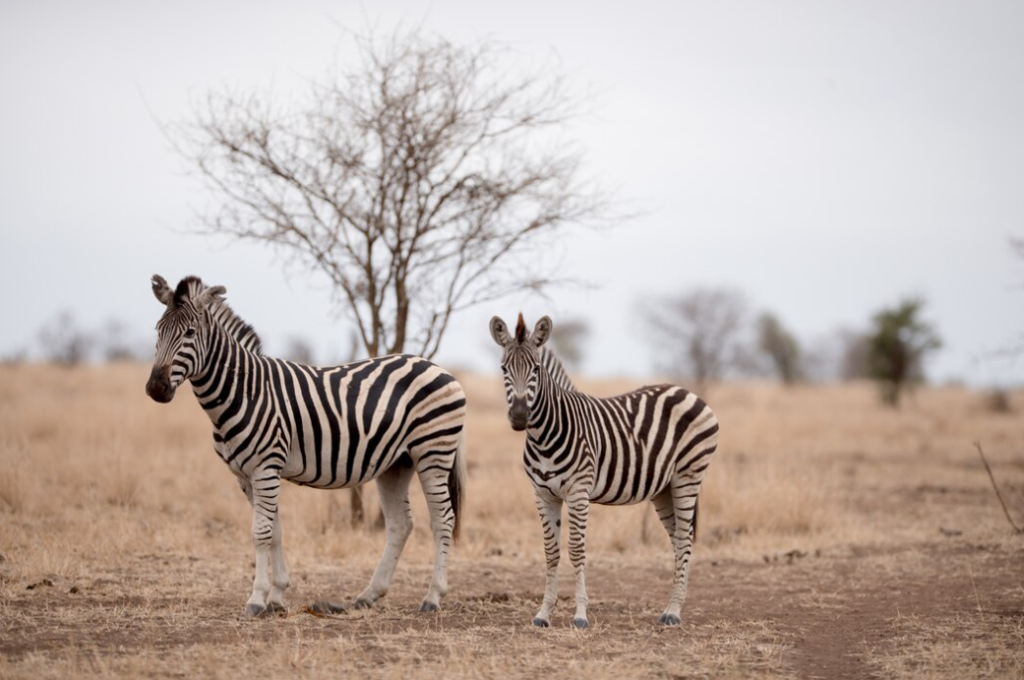
Zebras thrive in groups known as harems, typically led by a single dominant stallion. Their iconic black and white stripes become a tactical advantage when they cluster together while grazing. This clustering often creates an illusion for predators, making it difficult to distinguish where one zebra ends and another begins.
Zebras possess an intricate communication system. Telltale facial expressions, such as bared teeth, indicate unease or stress. Furthermore, they employ high-pitched calls and brays to signal potential threats or disturbances.
To protect themselves, zebras deploy a three-pronged defense strategy. They might dart away in unpredictable zigzag motions to baffle predators. They’re also capable of delivering a potent bite or, much like giraffes, a powerful kick that can inflict significant harm on threats.
Zebras share certain behavioral traits with giraffes. Both are cautious and tend to maintain their distance from safari vehicles. In the wild, zebras rely heavily on their group dynamics for safety, ensuring collective vigilance against both predators and intrusive onlookers.
Should zebras approach your vehicle, there’s little cause for alarm. Standing just shy of five feet, the natural height of your safari vehicle offers ample protection, ensuring your safety during such encounters.
Black Rhinoceros
Black rhinos hold the unfortunate status of being critically endangered, with an estimated population of around 5,000 spread across Eastern and Southern Africa. Encouragingly, conservation initiatives and stringent wildlife protection regulations have resulted in a gradual uptick in their numbers.
Poaching remains the most formidable threat to these magnificent creatures. Rhino horns are coveted for their alleged medicinal properties in Asia, leading to aggressive poaching that almost drove the species to the brink of extinction. Today, these creatures find sanctuary in select national parks in Tanzania, shielded by robust wildlife laws.
Being among the heaviest land mammals, black rhinos can weigh approximately a ton. They primarily feed on foliage from shrubs and grasslands. Notably, they’re fiercely territorial, especially the males. Their inclination to charge perceived intruders, be it a termite mound or a tree, stems from their notably poor eyesight. To enhance your wildlife-watching experience, consider packing binoculars. In the rare event that an agitated black rhino approaches your vehicle, trust your guide’s expertise. They’ll likely advise you to remain seated and ensure a calm, gradual retreat, prioritizing both your safety and the well-being of the rhino.
Cheetah
The East African Cheetah found is the fastest land animal and can reach speeds up to 75 miles per hour. Serengeti National Park is one of the best viewing places of cheetahs. Due to their small size, cheetahs are normally solitary hunters – choosing to take down smaller, more manageable prey like the thomson gazelle. If they want to take down larger prey animals, cheetahs must work together in groups in order to secure their meal.
They have been no records of a cheetah killing a human while in the wild. Cheetahs are very docile and curious so they may come into contact with the safari vehicle. Especially if it is a particularly warm day and the cheetah is looking for some shade from the sun while in the grasslands of the Serengeti.
If a cheetah does come close to your safari vehicle, your guide will instruct you to sit down calmly, not to make any sudden movements, and to enjoy the show. These docile creatures are not one to worry about.
Lion
These majestic creatures reign supreme in the Tanzanian national parks. At times, with the desert sun glaring down, they might resemble large, lethargic domestic cats, lounging in their prides. But appearances can be deceptive. These powerful predators, with their razor-sharp teeth and claws and cooperative hunting techniques, efficiently prey on large animals like wildebeest, zebra, and ostrich. Dive deeper into the fascinating dynamics of lion interactions in this intriguing article.
Fortunately for tourists, lions don’t typically view them as a menu option, unless provoked (a reminder to always remain in your safari vehicle, especially in dense grasslands).
Interestingly, lions have been observed to use safari vehicles as strategic cover, helping them stealthily approach unaware antelope or zebra. Adopting a low profile, they skillfully crawl beside these vehicles, effectively concealing themselves from their intended prey.
Should you find yourself in close proximity to a lion during your safari journey, heed your guide’s advice. They’ll typically instruct you to pull back from the windows, keep your entire body within the vehicle, and maintain silence as the lion moves past. Such precautions ensure everyone’s safety during these awe-inspiring encounters.
Baboons
Adult baboons are remarkable in size, weighing anywhere from 30 to 100 lbs, earning them the title of the world’s largest monkeys. These terrestrial primates typically thrive in sizable troops, often numbering fifty or more. A distinguishing feature of baboons is their pronounced, dog-like snouts, equipped with formidable canine teeth that can stretch up to 3 inches. Their bite is their most potent weapon. As versatile eaters, baboons consume an array of foods, from seeds, fruits, and grasses to bark and even meat on occasion.
Should you encounter baboons during your safari, it’s crucial to secure your food immediately, stowing it in your backpack or safari vehicle. Always ensure your vehicle’s windows are shut when parked to prevent these curious creatures from hopping in and snatching your supplies.
In the unlikely event of a confrontation with an aggressive baboon, your guide will likely advise you to retreat slowly while maintaining a tall and assertive posture. Refrain from smiling or baring your teeth, as baboons interpret this as a sign of hostility. It’s also advisable to avoid direct eye contact. Remember, while baboons don’t see humans as food, they are territorial by nature and can display aggression when guarding their domain or when enticed by food.
Elephants
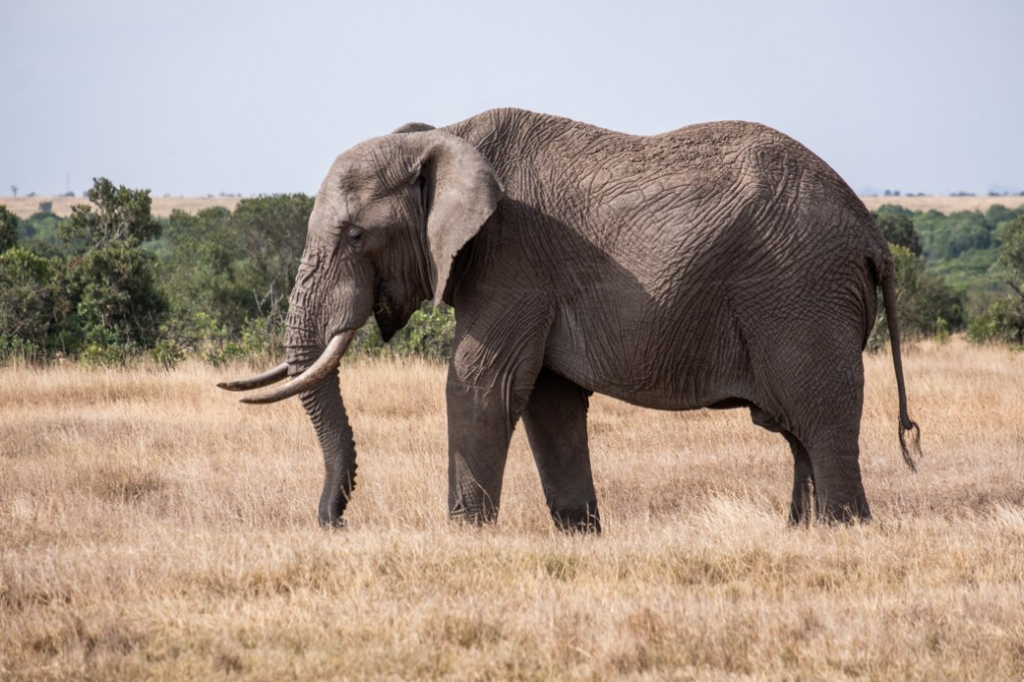
Elephants, weighing in at up to 13,000 pounds, are not only massive but also highly intelligent beings. Each elephant possesses a distinct personality, influencing its interactions with humans. Male elephants, particularly during the mating season, tend to exhibit heightened aggression, especially when females are present. Such aggression can manifest in charging at other elephants, large animals, or even vehicles. While female elephants are generally more tranquil, the presence of their calves can trigger protective aggression, as they instinctively safeguard their young.
Understanding Animal Behavior
Central to a fulfilling and secure safari adventure is a profound comprehension of animal behavior. These creatures of the wild, though sometimes seemingly impulsive and unpredictable, are governed by innate instincts and often display discernible patterns and signals reflecting their emotional states and potential actions. For example, the expansive flap of an elephant’s ears or a resonant trumpet sound might be indicative of its rising anxiety or discomfort. In contrast, a lion’s concentrated stare or a deep, rumbling growl might be precursors to its heightened alertness or potential aggression.
But there’s more to animal behavior than just these outward signs. It’s essential to consider the inherent nature and survival strategies of these animals. They are, by design, inclined towards preserving their energy and ensuring their safety. This means that confrontations or aggressive actions are typically a last resort, taken only when they perceive a direct threat or see a clear advantage in the outcome. Given this inherent disposition, animals are more likely to avoid unnecessary skirmishes. For many, the priority remains to focus on crucial tasks like seeking food, securing their territories, or nurturing their young.
Furthermore, a static and unprovocative safari vehicle rarely poses a direct threat in the eyes of these animals. They’ve grown accustomed to their presence and often see no immediate need to engage in confrontation. By combining this inherent animal nature with a deep understanding and respect for their behavioral indicators, both safari guides and tourists can ensure a harmonious, awe-inspiring, and safe immersion into the wonders of the wild.
The Role of Experienced Safari Guides
Experienced safari guides play a pivotal role in ensuring not only the safety of the tourists but also in providing enriching, educational experiences. Their expertise and knowledge contribute immensely to the success of a safari trip. Here are some key responsibilities and contributions of these guides:
| Aspect | Description |
|---|---|
| Knowledge of Wildlife | A seasoned guide has extensive knowledge about various animal behaviors, habitats, and patterns. This understanding enables them to predict and interpret animal actions, ensuring safe and close encounters. |
| Safety Protocols | Skilled safari guides are well-versed in safety protocols. They are trained to handle unexpected situations, ensuring the safety of both the tourists and the animals. |
| Cultural Insights | Beyond just wildlife, these guides often provide invaluable cultural insights, weaving stories and local lore into the safari experience, enhancing the overall journey. |
| Navigational Skills | Their familiarity with terrains and routes ensures that tourists get to witness some of the best spots while also avoiding potentially dangerous situations. |
| Respect for Nature | An experienced guide emphasizes the importance of respecting the natural environment and its inhabitants. This respect is conveyed to the tourists, fostering a sense of responsibility and admiration for the wildlife. |
| Communication | These guides act as a bridge between the animals and the tourists, explaining animal behaviors, answering questions, and ensuring that tourists leave with a deeper understanding and appreciation of what they’ve witnessed. |
Conclusion
In the vast terrains of African safaris, the harmony between wildlife and the machines observing them is a testament to nature’s adaptability and human ingenuity. Safari vehicles, despite their intrusion into the wild, largely go unnoticed by the very creatures they aim to observe. This is due to a combination of animals’ acclimatization to such vehicles and the expertise of safari guides who prioritize safety. The innate behaviors of various animals, from the territorial instincts of the majestic lion to the protective nature of mother elephants, are understood and respected, ensuring minimal disturbances. With appropriate protocols, knowledge, and a sense of shared space, it’s no wonder that safari jeeps and their passengers can witness the beauty of the wild up close, without becoming the focal point of an animal’s aggression.


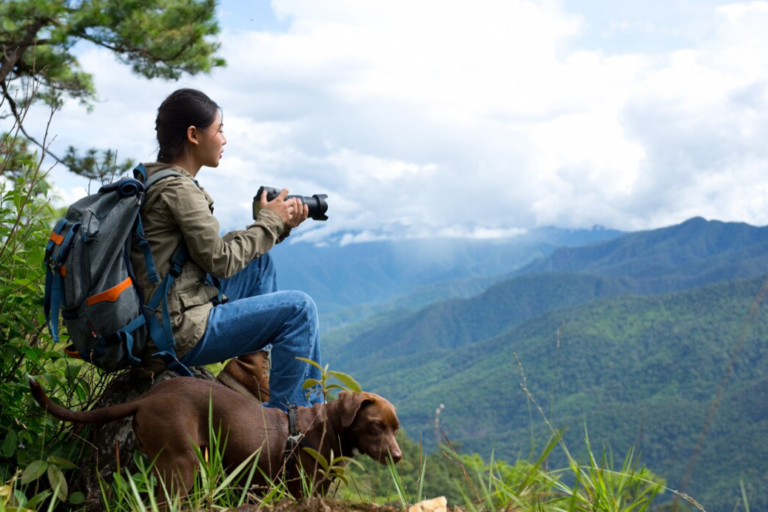
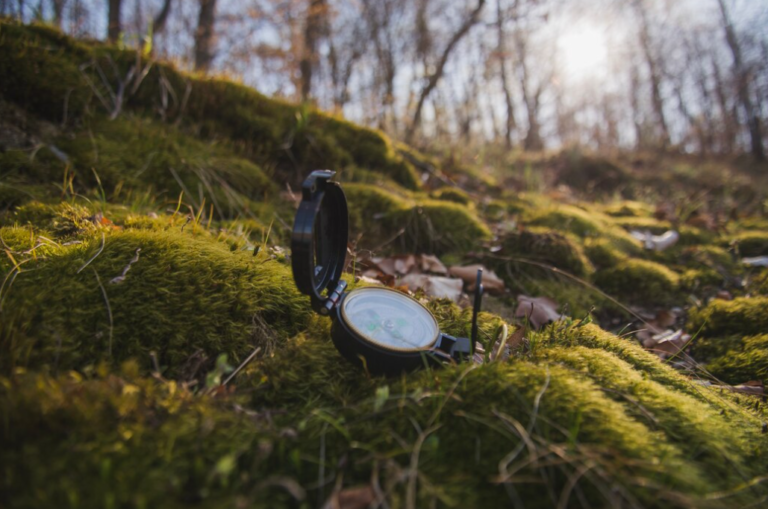







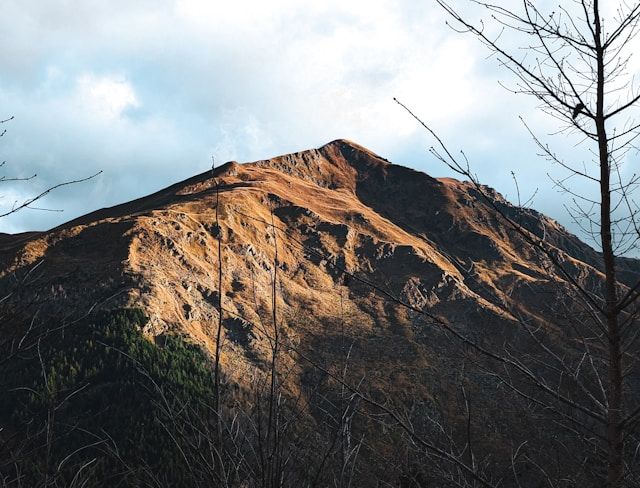

+ There are no comments
Add yours